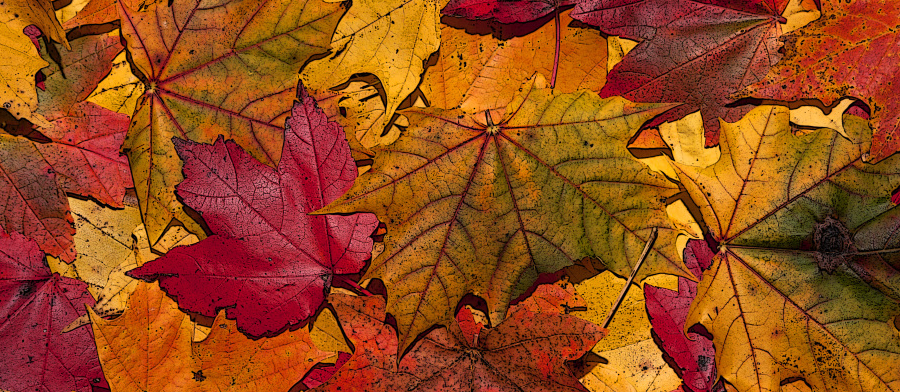The Ultimate Guide to your Autumn Garden

Your garden can certainly be a more beautiful place in the autumn. With the leaves changing colour, but less sunlight and colder temperatures means that there is less work for you to do in the garden. But even though there may be less work for you to do, it’s a great opportunity to plan which plants you want in the garden next year, and of course, fallen leaves will always need clearing from the lawn and pathways. Here’s a guide to the jobs you can do when the days get shorter:
General gardening tasks
Use a fertiliser
Covering your soil with mulch made of organic materials will nourish the soil and provide protection for it come the winter.
Buy new plants
Buy some new plants and spend the autumn preparing your soil, so you can plant them before the cold winter arrives.
Protect your plants from frost
Cover any delicate plants, or put them in your greenhouse. To keep the greenhouse warm as the temperature falls, insulate your greenhouse with material you can get from garden centres or DIY stores like B&Q.
Looking after your autumn garden flowers
Build a compost heap
There will be plenty of fallen leaves and soft vegetation to make a compost heap to nourish your soil in preparation for planting new plants. You can also use food waste. Compost heaps save you money and are better for the environment as you won’t need to rely on artificial fertilisers.
Use the compost on vegetable plots, roses and shrubs, and to nourish your lawn.
Get rid of dead summer plants
Put dead plants on your compost heap, and replant flowers and bulbs for plants like tulips which will appear in the spring.
What to do with autumn garden trees, shrubs and hedges
Roses
November is the time to plant roses, so start preparing your rose beds now. Roses will last for many years if they are planted in healthy soil and well looked after. Cut the heads off any dead flowers, and rake up the leaves as they can harbour pests and diseases.
Plant evergreens
Plant evergreens while there’s a trace of warmth left in the soil, and get rid of any weeds surrounding them.
Trim hedges
Trim any new hedges that you planted in the spring.
What to do with your vegetables in the autumn
Most dead or rotten vegetables can be put on your compost heap, but not carrots and cabbage leaves, which can harbour pests. This type of waste should be put on a bonfire or in the bin.
Look after cauliflowers
If you live in a part of the country that tends to get early autumn frosts, break off one of the cauliflower’s outside leaves and lay it over any vegetables that aren’t quite mature to protect them. Some types of cauliflower can adequately protect themselves, especially varieties like the Brisbane cauliflower. Try growing these, especially if you live in the north of the country.
Lift potatoes and root vegetables
Dig potatoes up, allow them to dry, then store them in a cool, dark place. Treat root vegetables the same. Take care not to pierce them with your fork or they will rot very quickly.
Sew vegetable seeds
Lettuce seeds sown now will produce a crop in the spring. Choose a variety that will withstand frosts, ask in the garden centre for advice.
Plant spring cabbage
Spring cabbage planted now will sprout by the time the winter comes along.
If you are interested in even more helpful tips and interesting articles. Check out our blog.








